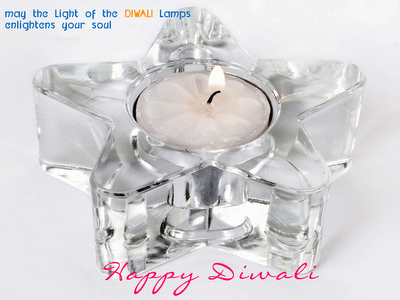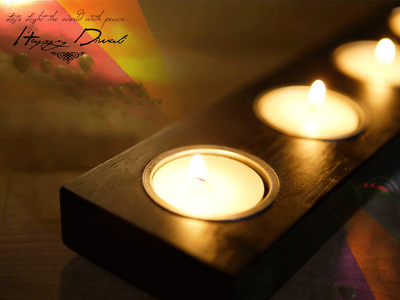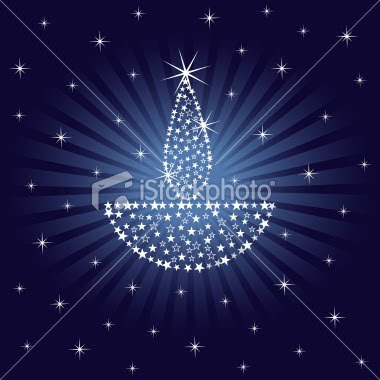Post Title
→Dia Mirza Went To Golecha Jewellers Store
Post URL
→https://jomblodotcom.blogspot.com/2011/10/dia-mirza-went-to-golecha-jewellers.html
Visit jomblodotcom for Daily Updated Wedding Dresses Collection
 Shilpa and raj are blank and white derss in looking very hot and sexy...........
Shilpa and raj are blank and white derss in looking very hot and sexy...........




 Nick Swisher is the son of Steve Swisher, a former top league of German descent and an Italian mother. Swisher parents divorced when he was 11 years old. Before moving up to the big leagues, playing for the Visalia Oaks Swisher, Vancouver Canadians, Modesto A, Midland RockHounds and Sacramento River Cats , all Oakland farm team.
Nick Swisher is the son of Steve Swisher, a former top league of German descent and an Italian mother. Swisher parents divorced when he was 11 years old. Before moving up to the big leagues, playing for the Visalia Oaks Swisher, Vancouver Canadians, Modesto A, Midland RockHounds and Sacramento River Cats , all Oakland farm team.





 He is the only Major League catcher to ever hit .330 or better with 40 doubles, 20 home runs and 90 RBIs in a single season. Posada and Yogi Berra are the only Yankees catchers to hit 30 home runs in a season. Since 2000, Posada several runs knocked in, home runs and hits than any other catcher in baseball. Posada is one of the "Core Four" Yankees.
He is the only Major League catcher to ever hit .330 or better with 40 doubles, 20 home runs and 90 RBIs in a single season. Posada and Yogi Berra are the only Yankees catchers to hit 30 home runs in a season. Since 2000, Posada several runs knocked in, home runs and hits than any other catcher in baseball. Posada is one of the "Core Four" Yankees. Awards
Awards








 Bengalis celebrate Dusshera as part of their greatest festival – Durga Puja. This day marks the end of the Durga Pooja celebrations, like the previous nine days together referred to as ‘Navratri’.
Bengalis celebrate Dusshera as part of their greatest festival – Durga Puja. This day marks the end of the Durga Pooja celebrations, like the previous nine days together referred to as ‘Navratri’. 







 The common theme Rangoli are sacred symbols that Mangal Kalash, leaves of Ashoka tree, Om, Swastik symbol, a lighted Deepak, Shree, Lotus and other flowers, vines, trees, rising sun, moon, stars, chakra, fish, birds, elephants , dancing figures, Trident, human figures and geometric shapes like circles, half circles, curves, triangles, rectangles, ovals and rectangles.
The common theme Rangoli are sacred symbols that Mangal Kalash, leaves of Ashoka tree, Om, Swastik symbol, a lighted Deepak, Shree, Lotus and other flowers, vines, trees, rising sun, moon, stars, chakra, fish, birds, elephants , dancing figures, Trident, human figures and geometric shapes like circles, half circles, curves, triangles, rectangles, ovals and rectangles.












